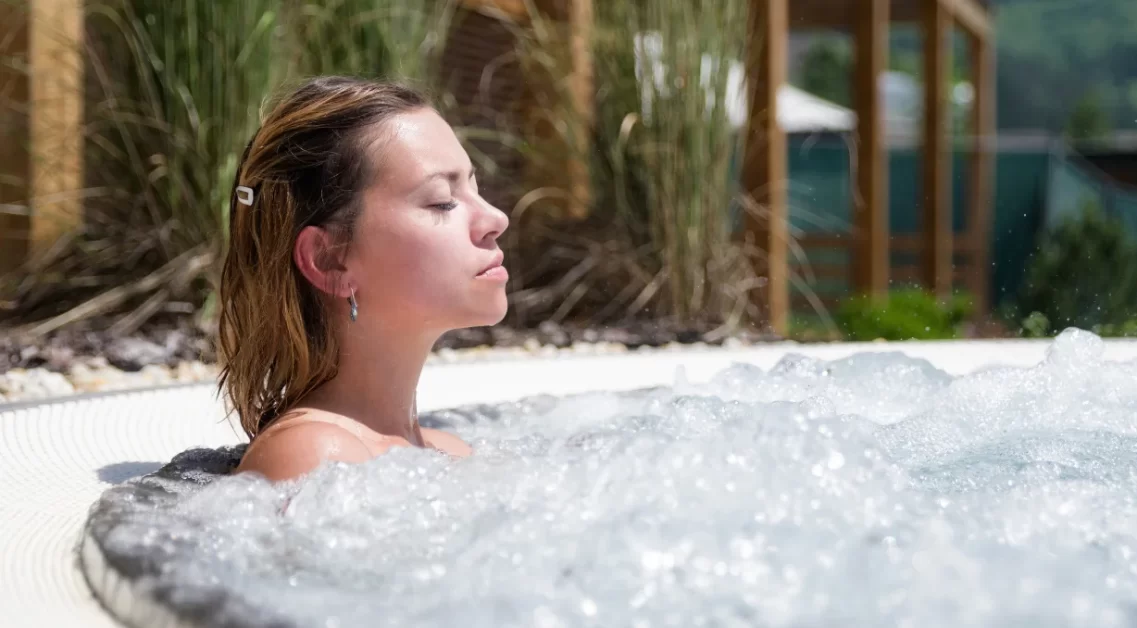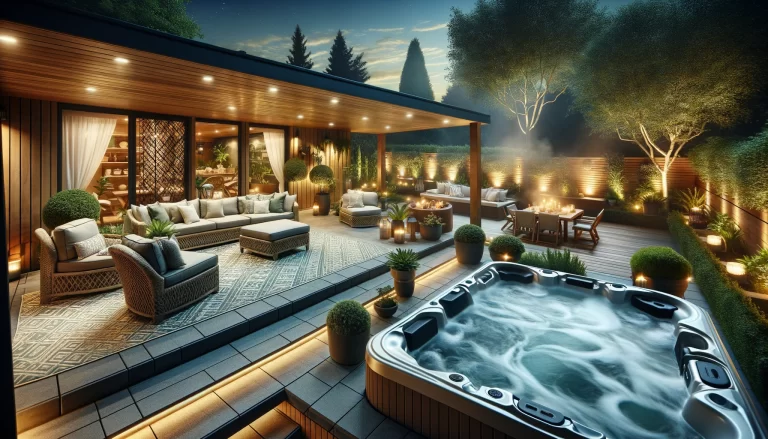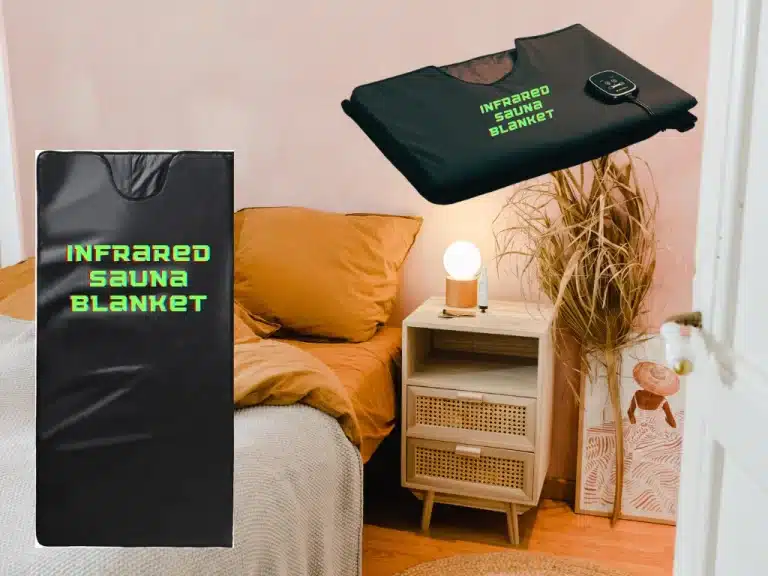Understanding Hot Tub Foam: Stop It, Fix It, Prevent It
Hot tub foam is caused by soaps, oils, or residue in the water. Learn what triggers it, how to remove it fast, and easy ways to prevent it.
✅ What Causes Foam
- Residue from soaps, lotions, makeup, or laundry detergents
- Low pH, alkalinity, or calcium levels
- High TDS (oils, sweat, sanitizer byproducts)
- Dirty filters or excessive jet agitation

🧼 Fast Fixes
- Add a defoamer for instant results (temporary only)
- Shock and rebalance the water to remove organics
- Do a full drain, clean, and refill if buildup is severe

🔁 How to Prevent It
- Shower first and rinse suits after washing
- Test and adjust water weekly
- Rinse filters weekly, deep clean monthly
- Drain and refill every 3 to 4 months
- Use enzymes or clarifiers to manage organics over time
- Only use anti-foam as a backup, not a long-term fix

🎯 You’ve got this. Foam might look bad, but it’s manageable. Stick to the checklist, build a simple maintenance habit, and your hot tub will stay crystal clear and ready whenever you are.
Ready to get rid of that foam for good? Download the Hot Tub Foam Checklist and keep your spa water clean, clear, and hassle-free. It’s quick, printable, and free.
Why You’re Seeing Foam in Your Hot Tub
Foam in your hot tub might look harmless, but it usually means your water isn’t as clean as it should be. It shows up when oils, lotions, detergents, or leftover shampoo mix with hot water and jet bubbles. Those tiny suds are held together by surfactants (basically, soap-like substances) that build up over time.
Here’s why foam matters:
- It signals dirty or unbalanced water
- It can reduce sanitizer effectiveness
- It may wear down filters or plumbing if ignored
Most of the time, foam comes from everyday products we bring into the tub. Studies show that about 65% of foam issues are tied to personal care products or poor water care.
The good news? Once you know what’s causing it, it’s easy to fix and even easier to prevent. Let’s break down what to look for and how to keep your water foam-free.
Main Causes of Foamy Hot Tub Water
Contaminants:
- Ask bathers to shower before entering the hot tub to remove oils, lotions, etc.
- Use a hot tub filter spray to help remove body oils and contaminants from the filter.
Imbalanced Water Chemistry:
- Test and adjust the pH level to 7.2-7.8 using a pH increaser or decreaser.
- Raise calcium hardness to 150-250 ppm using calcium chloride or calcium increaser.
- Maintain proper sanitizer levels (chlorine 1-3 ppm or bromine 3-5 ppm).
Improper Maintenance:
- Clean filters thoroughly with a filter cleaner every 1-2 weeks.
- Drain and refill the hot tub every 3-4 months.
- Use a hot tub cleaning product monthly to remove biofilm buildup.
Solutions for Existing Foam
Immediate Solutions:
- Skimming the foam off the surface will provide temporary relief by physically removing the built-up foam.
- Using a hot tub defoamer product is an easy way to break down existing foam quickly. Defoamers work by disrupting the surface tension that allows the foam to form.
Cleaning:
- Thoroughly cleaning the filter is crucial, as a clogged filter can allow contaminants like body oils to circulate and contribute to foaming issues.
- Shocking the water with a sanitizing oxidizer like chlorine or non-chlorine shock helps oxidize organic contaminants that can cause foaming.
Other Tips:
- Run the jets for 30-60 minutes before use to help oxidize contaminants.
- Use a hot tub enzyme product regularly to break down oils and organics.
- Replace filters every 6-12 months, depending on use.
Consistent water testing, chemical adjustment, filter cleaning, and shocking/oxidizing are key to preventing foam issues.

Why Does Hot Tub Foam Occur?
Why does my hot tub foam when the jets are on?
Explanation of how jets work in a hot tub:
- Jets in a hot tub are designed to agitate the water, creating a soothing massage effect.
- They accomplish this by drawing in water from the tub, mixing it with air, and then forcefully expelling it back into the tub.
- If you have issues with the jets not working, check out Hot Tub Jets Won’t Turn Off.
Factors contributing to foam generation during jet operation:
- Air Introduction: When activated, jets introduce air into the water stream. This air and water movement creates bubbles on the water’s surface.
- Detergent Residue: Residual detergent from bathing suits, body lotions, soaps, and other personal care products can be introduced into the hot tub water. When agitated by the jets, these residues can contribute to foam formation.
- Organic Contaminants: Organic materials such as sweat, body oils, and dead skin cells can accumulate in the hot tub water. When subjected to jet turbulence, these contaminants can also contribute to foam formation.
- Water Chemistry Imbalance: Imbalanced water chemistry, particularly high calcium hardness levels or dissolved solids, can exacerbate foam formation when jets are activated.
What causes hot tub foam?
Identification of common factors leading to foam formation:
- Detergents and Soaps: Residual detergents and soaps from bathing suits, body wash, and shampoo can introduce surfactants into the hot tub water, reducing surface tension and promoting foam formation.
- Organic Contaminants: Sweat, body oils, and other organic materials introduced into the hot tub water can serve as food sources for foam-producing bacteria and algae.
- Hard Water Minerals: High levels of calcium and magnesium in hard water can react with soap residues, forming insoluble compounds that contribute to foam formation.
- Low Water Quality: Poor water circulation, inadequate filtration, and insufficient sanitation can all contribute to poor water quality, increasing the likelihood of foam formation.
Role of various contaminants and substances in foam production:
- Surfactants: Surfactants, found in detergents and soaps, lower the surface tension of water, allowing bubbles to form more easily.
- Organic Matter: Organic contaminants provide nutrients for foam-producing microorganisms, such as bacteria and algae, increasing foam production.
- Hard Water Minerals: Calcium and magnesium ions in hard water can react with surfactants to form insoluble compounds, contributing to foam formation.
- pH Imbalance: Extreme pH levels can affect the efficacy of sanitizers and promote the growth of foam-producing microorganisms.
Other Possible Causes of Hot Tub Foam
- Residual Body Oils: Even if you don’t wear swimsuits, your body naturally produces oils that can accumulate in the water, leading to foam.
- Soap Residue: Soap, shampoo, and other personal care products can leave residue on your skin, which gets washed off in the hot tub, causing foam.
- Cosmetics: Lotions, deodorants, hair products, and perfumes contain chemicals that can contribute to foam formation.
- Hard Water: High calcium levels and other minerals in hard water can react with your sanitizing chemicals, creating foam.
- Chemical Imbalance: Fluctuations in pH and alkalinity can create conditions where foam is more likely to occur.
Effects of Hot Tub Foam
- Aesthetic Concern: Foam can make your hot tub water look uninviting and dirty.
- Chemical Imbalance: Foam can indicate an imbalance in your water chemistry, leading to other issues like skin irritation and equipment damage.
Effects and Risks of Hot Tub Foam
Potential risks associated with excessive foam:
- Skin irritation and allergic reactions:
- Excessive foam in a hot tub can contain irritants and allergens from detergents, lotions, oils, and other substances.
- Contact with these irritants can lead to skin irritation, redness, itching, and allergic reactions, particularly for individuals with sensitive skin.
- Impact on water clarity and hygiene:
- Excessive foam can obscure the water’s clarity, making it difficult to assess its cleanliness.
- Foam can trap debris, contaminants, and bacteria, reducing water hygiene and increasing the risk of waterborne illnesses.
- Poor water clarity due to excessive foam can also indicate underlying issues with water quality and maintenance practices.
Addressing misconceptions about hot tub foam’s safety:
- Foam is always harmless: While some degree of foam in a hot tub is normal and harmless, excessive or persistent foam may indicate underlying water quality or maintenance issues.
- Foam is a sign of cleanliness: Contrary to popular belief, foam in a hot tub does not necessarily indicate cleanliness. Excessive foam can indicate poor water quality and hygiene.
- Foam is safe for skin contact: While some foam may be harmless, excessive foam can contain irritants and allergens that may cause skin irritation and allergic reactions.
- Foam is not a health concern: Excessive foam in a hot tub can harbor bacteria, viruses, and other pathogens, increasing the risk of waterborne illnesses and infections.
- Foam will dissipate on its own: While some foam may dissipate naturally over time, persistent foam may require proactive measures to address underlying issues with water quality, maintenance, and contamination.
You may also like our article about Foamy Hot Tubs. Here’s How Much is Normal.

Prevention and Management of Hot Tub Foam
Proactive measures to prevent foam formation:
- Proper maintenance of water chemistry:
- Regularly test and maintain balanced water chemistry, including pH, alkalinity, and sanitizer levels.
- Use high-quality water testing kits to monitor chemical levels and adjust as necessary.
- Follow manufacturer recommendations for adding chemicals and balancing water parameters.
- Regular cleaning and maintenance of the hot tub:
- Clean and scrub the hot tub surfaces regularly to remove contaminants, residues, and biofilm buildup.
- Ensure proper filtration and circulation by cleaning or replacing filters as needed.
- Remove debris, leaves, and other organic matter from the hot tub water to prevent contamination.
- Shower Before Use: Rinse off any cosmetics, lotions, and oils before entering the hot tub to reduce the introduction of these substances into the water.
Other ways to Prevent:
- Regular Water Testing: Use a reliable water testing kit to monitor your pH, alkalinity, and sanitizer levels. Maintain these levels within the recommended range to prevent foam.
- Quality Chemicals: Use high-quality hot tub chemicals, and follow the manufacturer’s instructions for application and dosages.
- Use of Defoamers: If foam persists, you can use a defoaming agent specifically designed for hot tubs. However, this is more of a temporary solution and won’t address the underlying issues.
- Consider Water Softening: If you have hard water, use a water softener or a pre-filter to reduce mineral buildup when filling your hot tub.
- Cover Use: Keep your hot tub covered when not in use to prevent debris and contaminants from entering the water.
Strategies for managing existing foam issues:
Using anti-foaming agents and clarifiers:
- Apply anti-foaming agents or clarifiers specifically designed for hot tubs to help break down and dissipate foam, or use a hot tub defoamer.
- Follow manufacturer instructions for dosage and application to avoid over-treatment or chemical imbalance.
- Monitor foam levels after treatment and reapply as necessary until the foam dissipates.
Draining and refilling the hot tub when necessary:
- If foam persists despite proactive measures, consider draining and refilling the hot tub to reset water chemistry and remove accumulated contaminants.
- Before draining, clean the hot tub thoroughly to remove any remaining debris, residues, or biofilm.
- Refill the hot tub with fresh water and balance water chemistry before resuming use.

Addressing existing foam issues using anti-foaming agents and clarifiers or draining and refilling the hot tub when necessary can help restore water clarity and hygiene. In line with Hot Tub Patio‘s ethos, proactive maintenance and diligent care are key to ensuring an enjoyable and safe hot tub experience for all users.












